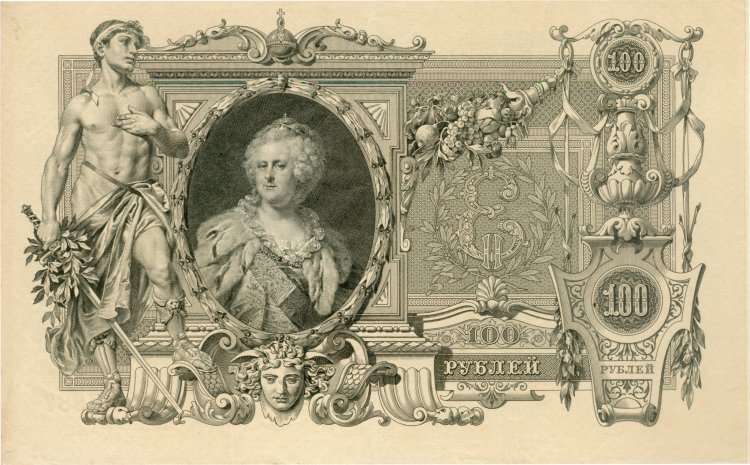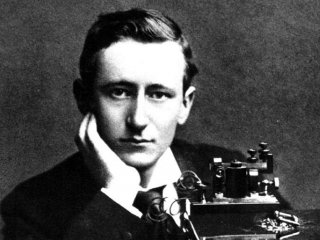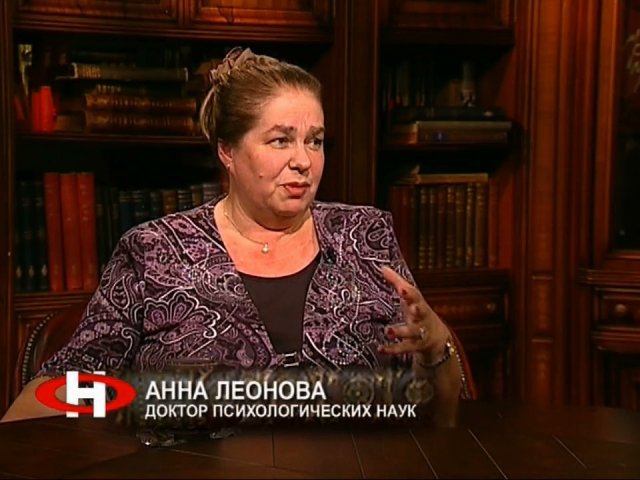
The people under her rule were hitherto absolutely unaware of either the sophisticated Latin word or with the object it denoted. Simply put, Russia did not know paper money. The people used to pay with heavy copper and silver, and more or less substantial sums were usually carried by carts – for instance, one thousand rubles weighed sixty-two poods. Recalculation was also a difficult task – it was usually accompanied by arithmetic errors. But behind this reasoning were real reasons – the growth of military spending and the lack of silver. At first, they issued just a little paper money and did not protect it in any way. All banknotes, regardless of the denomination, were issued on identical sheets of white paper with the same inscriptions: “Love for the fatherland” at the top and “Acts for the benefit of it” at the bottom. Immediately after that, crafty people started to convert twenty-five-ruble notes into seventy-five-ruble ones. In addition to this misfortune, another problem soon arose: after making sure that the people were happy to exchange awkward copper for convenient banknotes, they printed a huge heap of paper money. There were not enough coins to give change, and they started to give sixty kopecks for a paper ruble. The deceived population received economic education on the go and felt inflation much earlier than they learned this scientific word. Later, Catherine was thanked for this: her portrait was placed on a hundred-ruble bill, for which the people immediately nicknamed the banknote katerinka.























